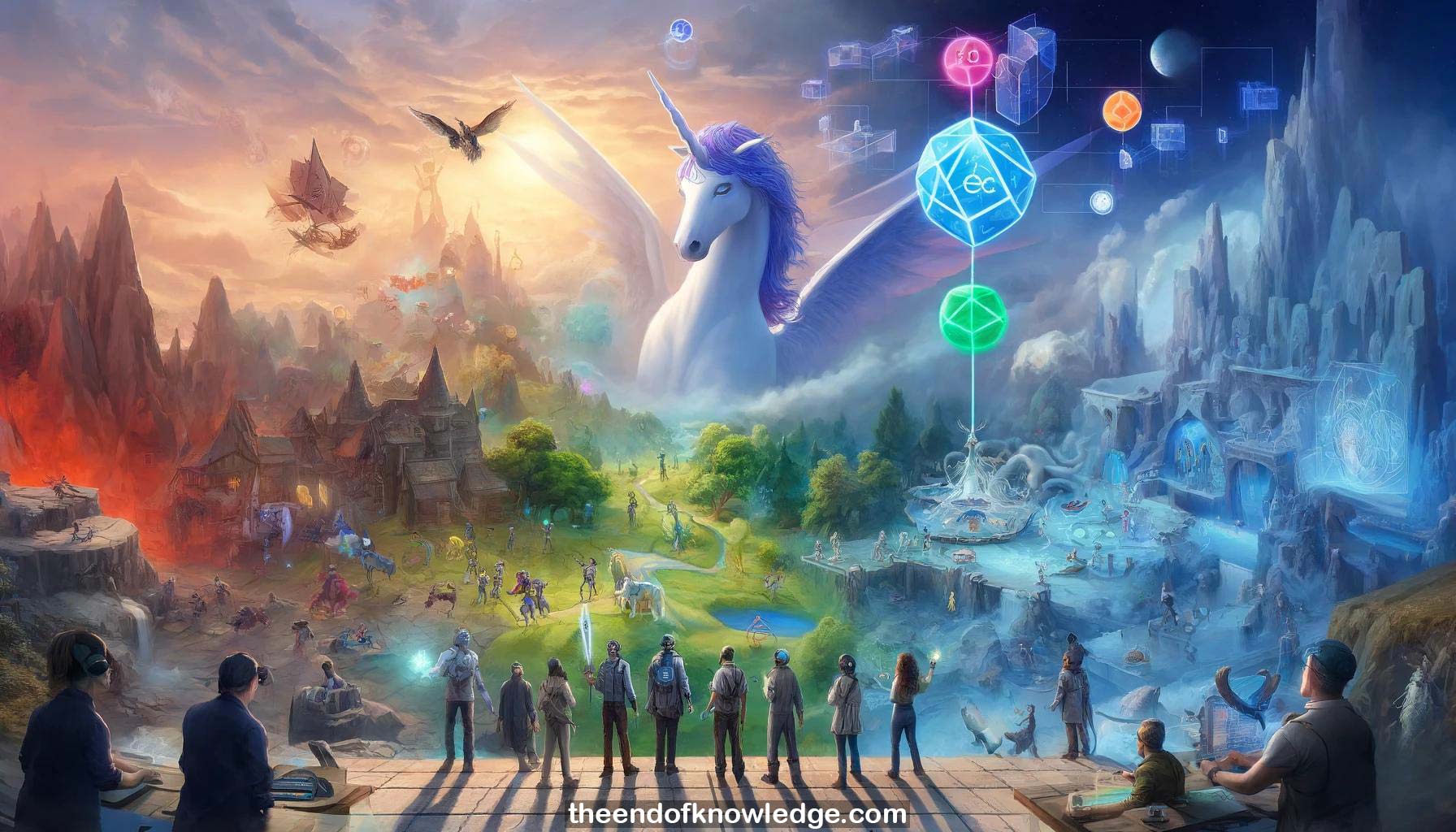 >
>
Concept Graph & Resume using Claude 3 Opus | Chat GPT4 | Llama 3:
Resume:
1.-Christoph introduces the Brainy Hacks team, who have done nice work in the BCI domain and won past BCI Hackathons.
2.-The Brainy Hacks team spent half a year doing an internship on game development with GTEC's new unicorn BCI interface.
3.-Christoph is excited to see the outcome of the game the team developed during their internship over the past half year.
4.-The team introduces themselves - Katerina, Anita, Jos, Ethel and Mariam. They are master's students in Cognitive Science and AI.
5.-The team has participated in Brain.io hackathons for about 3 years and made successful projects, working together on interesting small projects.
6.-The team gives a shout-out to GTEC for hosting them as interns. They visited the headquarters in Austria.
7.-BCI games can be used in research contexts and in the medical field, which Joss will explain further.
8.-Anita presents her research project "Neurowizard" - a gamified BCI for paradigm testing using a wizard character casting spells.
9.-The game aims to make the BCI selection task more fun and gamified compared to a standard minimalistic application.
10.-The game uses text-based RPG-style with the user going through dungeon rooms and casting spells by selecting items in order.
11.-As a first-time user, the game interface is designed to be minimal and understandable. It was developed in Unity.
12.-Gamification can provide motivation for long-term use and replaying. Users may prefer an immersive game vs a flat interface.
13.-Design process considered gamification literature - incorporating challenge, theme, reward, progress. Used AI art, own drawings, animations.
14.-Anita integrated the calibration into the game narrative naturally. Explains controls simply without BCI jargon for new users.
15.-Classifications represented visually as orb colors to avoid confusing new users with accuracy percentages. Translates to game progression.
16.-Game adapts difficulty with increasingly complex selection tasks framed as casting more advanced spells. Motivates improvement.
17.-Prototype shows potential of gamifying BCI apps beyond simple tasks. Engaging narrative and visuals enable longer, immersive experiences.
18.-Next, Ethel presents their attempts at medical field BCI games, e.g. for stroke recovery which can be tedious.
19.-During last year's hackathon, they made a multiplayer game to motivate patients and enable social connection during motor imagery training.
20.-They combined paradigms (P300 and SSVEP) to connect users with different abilities. Turn-based to allow different timing windows.
21.-Four characters each with own attack style and matching BCI paradigm - P300, SSVEP, motor imagery, passive (valence-based).
22.-2-player collaborative or competitive game. Defeat monsters together or challenge each other. Motivating way to support motor-impaired users.
23.-Developed basic playable demo in Unity within the 24-hour hackathon. Shows potential for making BCI games quickly.
24.-Jos overviews their internship project developing a near full-scale immersive BCI game in Unity as a proof-of-concept.
25.-Contrasts research/medical focused BCI games with limited scope vs full-fledged immersive games that appeal to a broad audience.
26.-Challenges in making BCI games for the public - speed/information transfer rate of classifiers, lack of plug-and-play devices.
27.-Large gap between research/medical BCI apps vs indie/AAA video games in mechanics, scope, visual design, immersion.
28.-Their game "Dark Reflection" is story-based to allow natural onboarding. Users solve a mystery using BCI "mind-reading" mechanics.
29.-BCI interactions enhance gameplay, not replace controls. Blend naturally into narrative, environment, conversations.
30.-In-progress BCI game shows potential for rich experiences combining engaging worlds and stories with intuitive BCI enhancements.
Knowledge Vault built byDavid Vivancos 2024